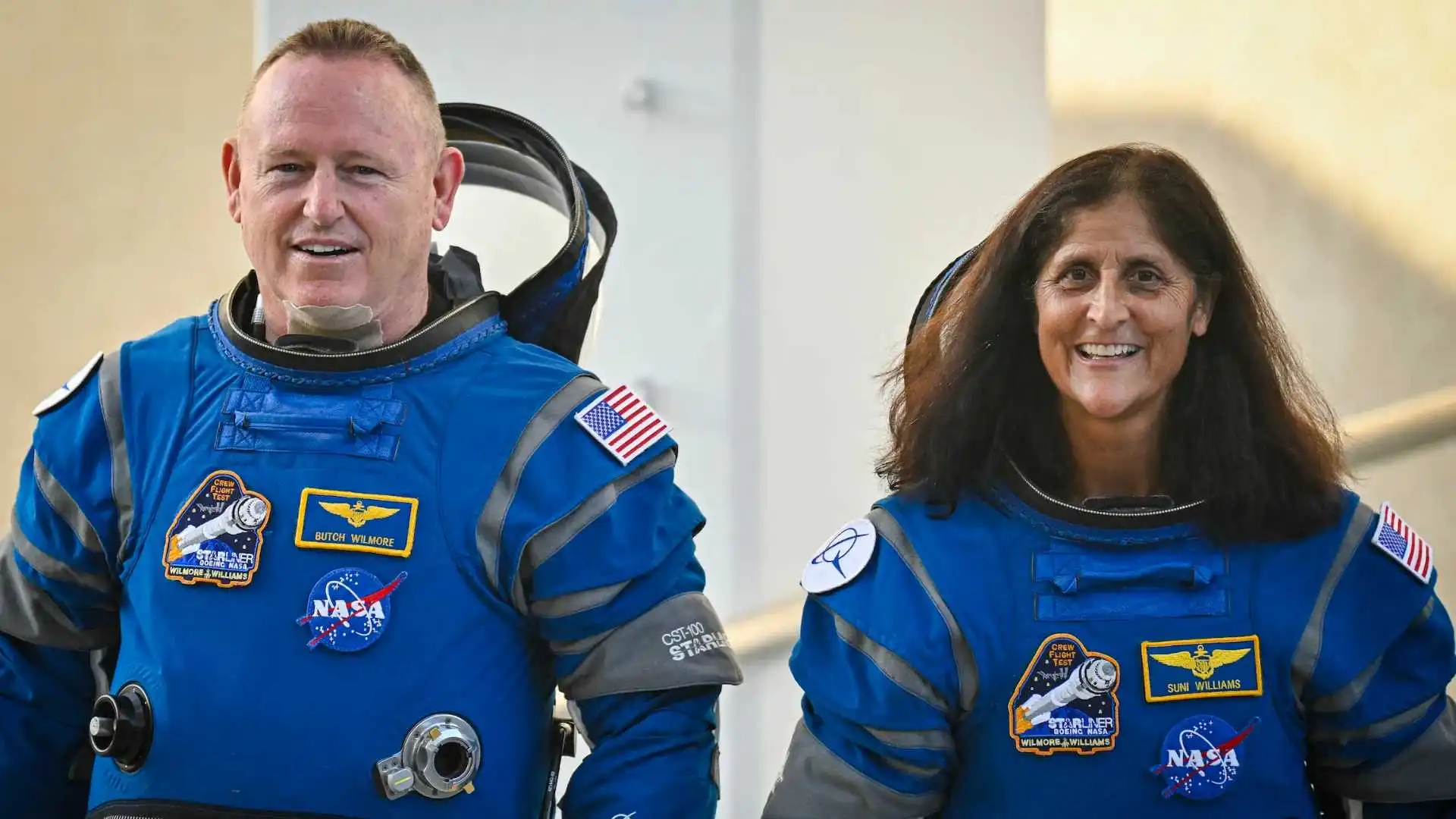

Sunita Williams
On Saturday, a SpaceX mission lifted off from Cape Canaveral, Florida, carrying two passengers and leaving two seats vacant. The primary goal of this mission is to bring back astronauts Sunita Williams and Butch Wilmore, who have been stuck on the International Space Station (ISS) for several months.
The Falcon spacecraft took to the skies with a carefully coordinated plan, designed to ensure the safe return of the two seasoned astronauts. They have been aboard the ISS longer than anticipated, and the mission is a crucial step in re-establishing regular crew rotations at the space station.
The capsule’s launch marks a significant change in plans for the returning astronauts. Earlier this month, a Boeing spacecraft designed for the same mission returned to Earth empty due to various safety issues, including concerns about thruster performance and helium leaks. As a result, NASA officials made the difficult decision to cut two astronauts from the SpaceX mission to accommodate Williams and Wilmore on their return trip.
This decision underscores the complexities and risks involved in space travel. “There wasn’t a way to bring them back earlier on SpaceX without interrupting other scheduled missions,” officials stated.
As NASA typically rotates its crew aboard the ISS every six months, this particular SpaceX flight, with its two empty seats reserved for Williams and Wilmore, won’t return until late February. By the time the astronauts finally make it home, they will have spent over eight months in space—a far longer duration than the week they had originally anticipated when they agreed to participate in Boeing’s first astronaut flight back in June.
MS Dhoni's performance has been facing criticism from his own fans, with many calling him…
Tensions flared at the University of Hyderabad as students staged a protest against the Telangana…
The controversy has already led to several trustees leaving the charity and calling for Dr.…
The United States has strongly criticized China’s recent move to encourage citizens to report individuals…
India’s National Disaster Response Force (NDRF) has launched extensive rescue operations under Operation Brahma at…
According to trade analyst Taran Adarsh, Sikandar collected ₹30.06 crore on its first day, a…